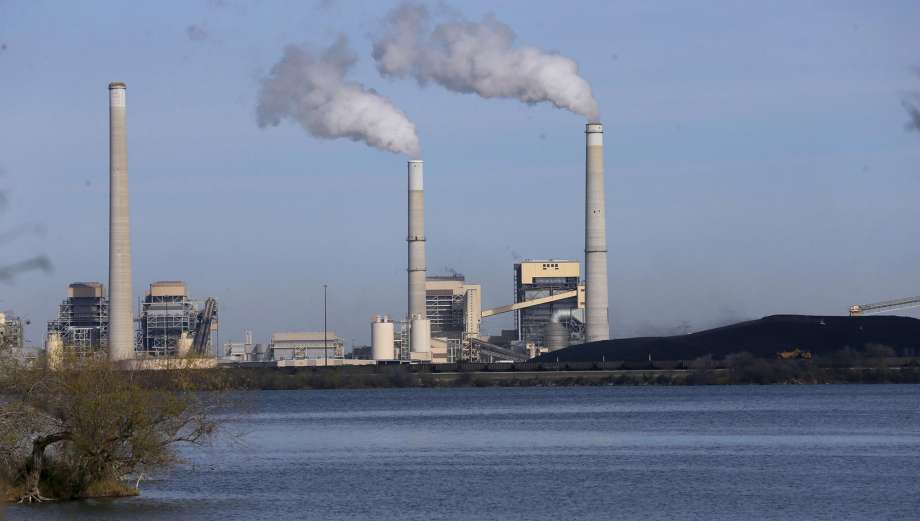
By the San Antonio Climate Action Coalition
When COVID-19 first hit, San Antonio Mayor Ron Nirenberg and Council saw and lamented how historic inequities played a role in how we suffered, in determining who died. It’s been striking that they have not taken this extreme weather event Uri to consider the historic roots of energy injustice.
On June 24th at a City Council hearing, when briefed on botched Winter Storm Uri response Councilman Manny Pelaez crowed over a map appearing to demonstrate how the blackouts were spread across the city. But equal exclusion from power does not = equal exposure to suffering.
Income, race, and access matter. Homes with broken windows, leaking roofs, and lack of insulation exacerbate suffering when the power goes out. By artificially limiting their vision to the storm, Council avoids exposing/treating the full-scale crisis in our community.
Energy justice starts with understanding that the rates themselves are a crisis (working families largely pay less per unit of energy that the largest residential, commercial, and industrial users). We have a better way.
An Energy justice lens reveals how pollution exposure of those closest to the coal plant’s plume suffer lifetime health conditions or premature death and extreme heat targets those in neglected ‘heat islands' downtown where temps can be 8-degrees hotter than far north side.
The City of San Antonio has not studied the public health impact on the thousands who have their power cut off each summer for an inability to pay CPS Energy. We don't know how many die from the heat, in other words, But lawmakers reject any suggestion that disconnections policy is immoral. To be clear: We stand with the @NAACP in declaring access to power a human right; disconnections policy needs deep reform on route to abolition.
Members of the Climate Action San Antonio coalition have been calling on elected and appointed leaders for years, most directly since early 2020 to plan a better way through weatherization and decentralized power programs to little response. (The most recent letter here.)
Until this last week of June, no one- not even Ron Nirenberg or the City Council or the CPS Board of Trustees- have accepted our public invitations to plan a more just and more energy secure future.
But we now know the biggest contributor to our February blackout in San Antonio was the total failure of the Spruce 1 coal plant. Investing in better energy efficiency in our communities means less energy is wasted to begin with so less power is needed. This is the first fuel.
Better insulation means people are safer in their homes from extreme weather--hot or cold--whether the power is on or off. It means their bills are lower, leading to fewer delinquent payments. But this gets almost no attention in the blackout narrative.
We also know that investments in energy efficiency and clean energy jobs as a community (which already employ more people than the oil and gas sector in Bexar County will bring major economic and employment returns.
We continue to call for a mass mobilization of weatherization in our communities, expanding the pause on disconnects (and ultimate abolishment of for most vulnerable families), clean energy and storage in our neighborhoods, and the closure of Spruce by 2030.
But we are ready to talk timelines and implementation. One immediate action should be reform of the Critical Care Program so residents reliant on medical devices DO NOT LOSE POWER. Today, the CCR is only a payment plan. We have to do better.